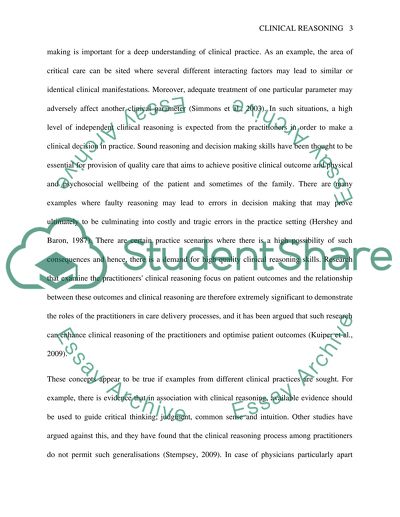Cite this document
(“Clinical Reasoning Essay Example | Topics and Well Written Essays - 3000 words”, n.d.)
Clinical Reasoning Essay Example | Topics and Well Written Essays - 3000 words. Retrieved from https://studentshare.org/health-sciences-medicine/1523004-clinical-reasoning
Clinical Reasoning Essay Example | Topics and Well Written Essays - 3000 words. Retrieved from https://studentshare.org/health-sciences-medicine/1523004-clinical-reasoning
(Clinical Reasoning Essay Example | Topics and Well Written Essays - 3000 Words)
Clinical Reasoning Essay Example | Topics and Well Written Essays - 3000 Words. https://studentshare.org/health-sciences-medicine/1523004-clinical-reasoning.
Clinical Reasoning Essay Example | Topics and Well Written Essays - 3000 Words. https://studentshare.org/health-sciences-medicine/1523004-clinical-reasoning.
“Clinical Reasoning Essay Example | Topics and Well Written Essays - 3000 Words”, n.d. https://studentshare.org/health-sciences-medicine/1523004-clinical-reasoning.


